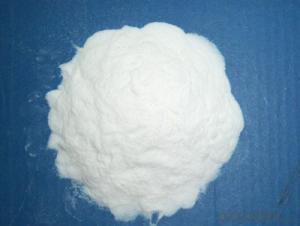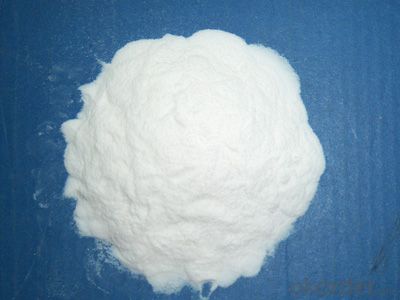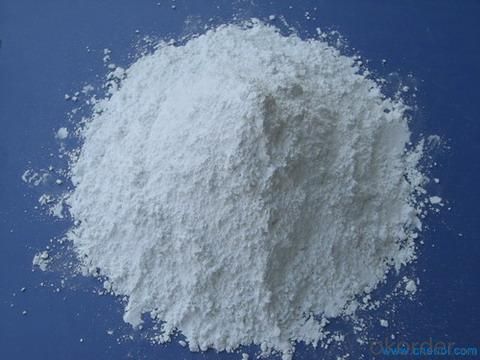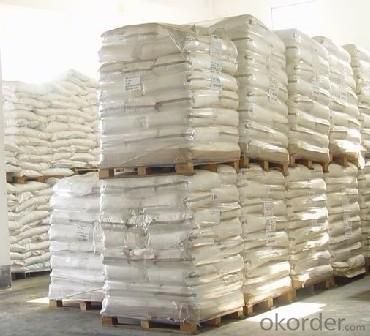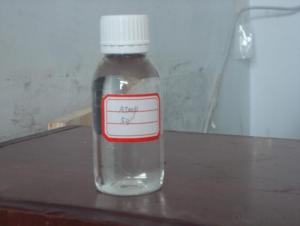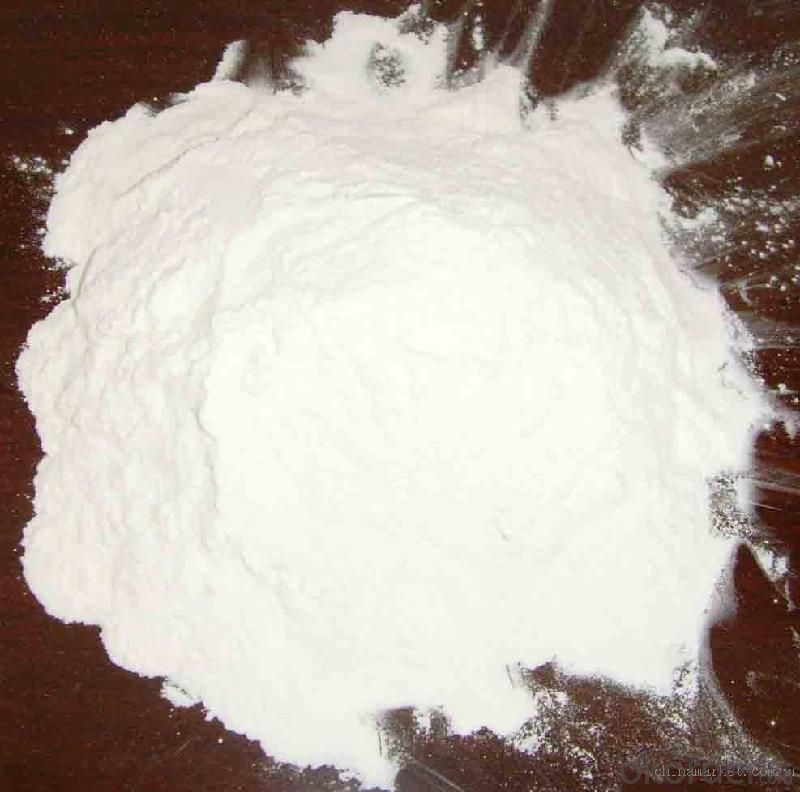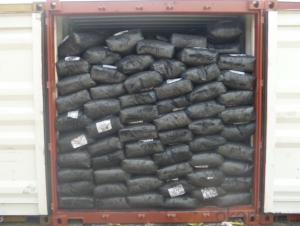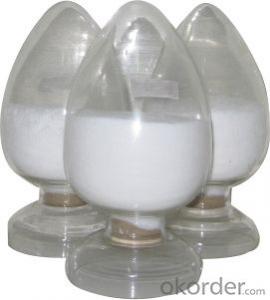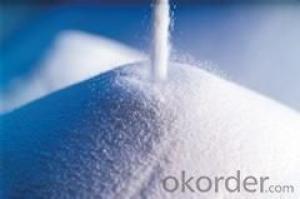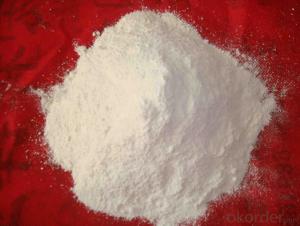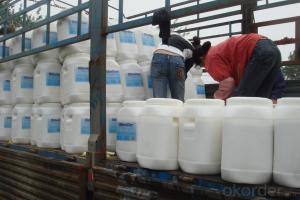White carbon black(precipitated silica)
- Loading Port:
- Qingdao
- Payment Terms:
- TT OR LC
- Min Order Qty:
- -
- Supply Capability:
- 20000 m.t./month
OKorder Service Pledge
OKorder Financial Service
You Might Also Like
Specifications
White carbon black
1.improve the tensile strength of rubber
2.good reinforcing performance
3.high wear resistance
1.Introduction:
White Carbon Black(Precipitated silica) with special physic-chemical properties, work as reinforcing transparent fillers highly valued in formulation of rubber-based blends. They lead to enhanced tensile strength, tear strength and abrasion resistance and increase hardness of vulcanized rubbers. On the other hand, They reduce consumption of rubbers and therefore reduce the cost.
2.Application:
It is widely used in silicon rubber, constrction sealant, coating, rubber, shoes, medicine, resin processing, printing ink and other industries.
1) Silicon Rubber: Improves silicon rubbers durability, rebound rate, and anti-distortion performance.
2) Plastics Industry: Improves plastic s tenacity, strength and prevents water absorption.
3) Coating Industry: Prevents agglomeration and drip. Thixotropic additives. Increase denseness and smoothness of paint.
4) Medicine Industry: Increase denseness ,floating , carrying function in medicine. It also can be used as the pesticide powder and anti-agglomeration.
3.Features:
1) Good activity and the absorption rate.
2) High reinforcing effect and chemical stability.
3) Porous surface area.
4) Good dispersibility.
4.Specication:
Type | 813 | 815 | 900A |
SiO2 | 90 | 91 | 94 |
Residue on sieve(45um)%≤ | 0.5 | 0.5 | 0.5 |
Heating Loss %≤ | 7.0 | 7.0 | 7.0 |
Ignition Loss % ≤ | 7.0 | 7.0 | 7.0 |
PH | 6.0-7.0 | 6.0-7.0 | 6.0-7.0 |
Fe mg/kg ≤ | 300 | 260 | 200 |
DBP cm³/g≤ | 2.8 | 2.8 | 3.0 |
Specific Surface m²/g | 180-220 | 200-230 | 220-260 |
conductivity μs/cm≤ | 300 | 150 | 110 |
Sulfate % ≤ | 0.3 | 0.15 | 0.1 |
Bulk Density g/ml | 0.16 | 0.16 | 0.16 |
packing | 15kg | 15kg | 15kg |
Appearance | White Powder | White Powder | White Powder |
Packaging & Delivery
| Packaging Detail: | 10 or 15 kg/bags,double-layer bag (inner layer with PE bag, outer layer with polypropylene bag) |
| Delivery Detail: | 2 weeks |
- Q: Chemistry GCSE what is a catalyst?
- A catalyst is something that makes a chemical reaction happen faster. An example is when manganese oxide (MnO2) is added to hydrogen peroxide (H2O2), and the hydrogen peroxide starts to break up into water and oxygen. Catalysts are either of natural or synthetic origin. They are useful because they leave no residue in the solution they have sped up. A catalyst also can also be used in a reaction again and again. Catalysts work by lowering the activation energy of a reaction. This allows less energy to be used, thus speeding up the reaction. The opposite of a catalyst is an inhibitor, which slow down reactions
- Q: Why the catalyst after the chemical reaction of its quality and chemical properties unchanged
- In fact, the catalyst reaction also enters, which changes the rate of positive and negative reactions ... enhances the reactive molecules of the reactants, thereby changing the reaction rate ...
- Q: Characteristics and types of catalysts?
- Catalysts don't undergo any change. and types of catalysts - 1) Homogeneous Catalysts ( Having same phase that of reactant, product i.e. reactant and product and catalysts all are either liquid or gas or solid.). 2) Hetrogenrous Catalysts (Different Phase than that of reactant and product. 3) Autocatalysts (reaction proceed catalysed as product is formed or product catalyse the reaction.)
- Q: The chemical equation of heating reaction of benzene and hydrogen under the action of catalyst
- C6H6 benzene + 3H2 - (arrow) C6H12 cyclohexane (Ni catalytic heating)
- Q: The concept of catalyst in high school chemistry
- Since the catalyst can only change the chemical reaction rate, the catalyst can not increase the mass of the product. The quality of the product depends only on the quality of the reactants.
- Q: How are a catalyst and an intermediate similar? How are they different?
- A catalyst speeds up the rate of a reaction by lowering the activation energy barrier which is, presumably, the energy required to achieve the reaction intermediate. Catalysts are also not consumed in the reaction, they are regenerated towards the end. A reaction intermediate is a configuration that a molecule takes prior to achieving it's lowest energy form which would signify the end of the reaction. Intermediate usually are hard to isolate because of the incentive to go to the most stable configuration. How are they different? A catalyst is not a part of the reaction product and it doesn't get consumed. An intermediate in a reaction is transformed into the product. How are they similar? Well, catalysts drive the reaction and make it easier for the reaction for follow through. Since intermediates are high energy and thermodynamics tells us that low energy is favorable, the incentive for a high energy intermediate to drive down to it's stable for can also drive a reaction. I hope that helps. I hope it makes sense.
- Q: Describe the role of a catalyst and a substrate in a chemical reaction.
- a catalyst speeds up the reaction
- Q: Which chemical reaction is added to the catalyst in order to slow down the reaction
- Edible oil added 0.01% to 0.02% gallate n-propyl ester, you can effectively prevent rancidity
- Q: give an example of how a catalysts speeds up the rate of reaction?? thank you!!?
- I like the hydrogen peroxide answer, but I just ran out of MnO2 at my house, I guess I will just have to pour some H2O2 into the small cut I have. The bubbles you see are oxygen gas which is formed by the decomposition of the H2O2 catalyzed by the peroxidase enzyme in your blood.
- Q: An important property of the catalyst is that the reaction equilibrium is not changed while increasing the forward reaction rate and the reverse reaction rate. However, because the enzyme for the specificity of the substrate, is not almost every reaction by the enzyme are one way to do it.
- Enzymes, refers to the biocatalytic function of the polymer material, in the enzyme catalytic reaction system, the reactant molecules known as the substrate, the substrate catalyzed by the enzyme into another molecule. Similar to other non-biocatalysts, the enzyme changes the reaction rate by adjusting the Gibbs free energy of the chemical reaction, and most of the enzyme can increase the rate of its catalytic reaction by a million times; in fact, the enzyme is provided with another The activation energy requires a lower route so that more reactive particles produce more effective collisions to produce more kinetic energy. According to the first law of thermodynamics, the kinetic energy obtained by the collision can accelerate the reaction rate by transformation. The enzyme as a catalyst itself is not consumed in the reaction process nor does it affect the chemical equilibrium of the reaction.
Send your message to us
White carbon black(precipitated silica)
- Loading Port:
- Qingdao
- Payment Terms:
- TT OR LC
- Min Order Qty:
- -
- Supply Capability:
- 20000 m.t./month
OKorder Service Pledge
OKorder Financial Service
Similar products
Hot products
Hot Searches
Related keywords
